
Opposing Forces
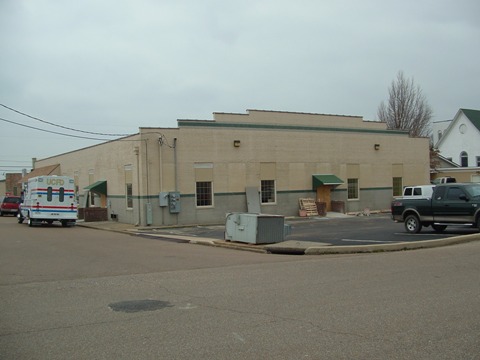
Captain Karl Ullrich Union City (TN) Fire Department sent in these photos of an interesting find in his area. From the outside nothing on this building looks out of the ordinary. Some people may recognize the unique parapet shape and that it may be an indication of a bowstring truss roof.
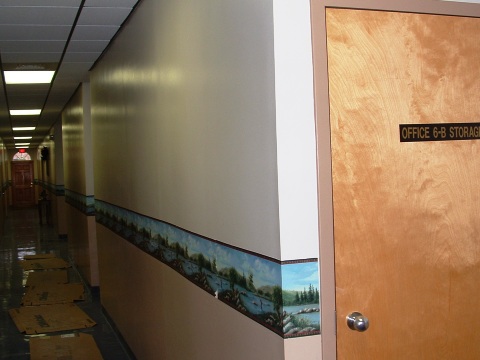
Whether or not the bowstring is noticed from the outside is one thing, but a quick look inside should alert us to its presence. Well, as you can tell from this photo, the large open area typically found with a bowstring is not present.
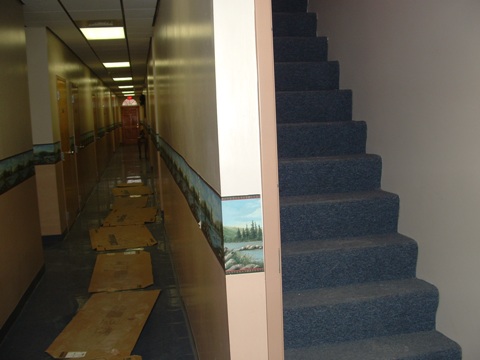
Opening a door shows us something that should peak our curiosity, look back that the first photo, would you have expected to find a second floor?
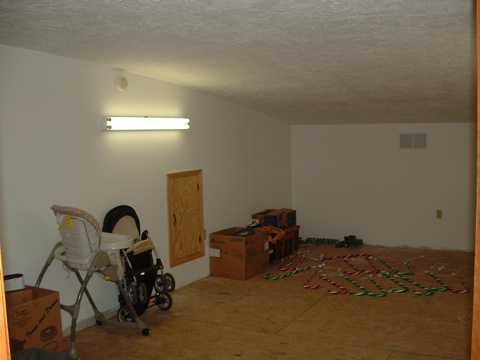
Here is a shot of one of the second floor rooms. The door leading to the second floor was labeled “storage” but we all know that that goes.
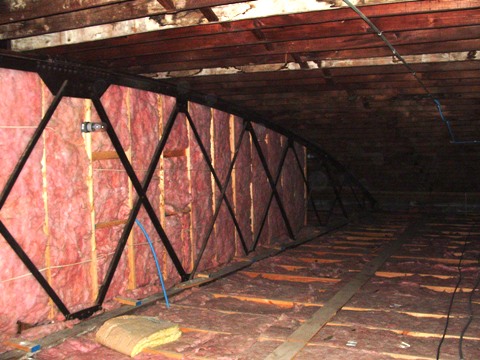
Now here is the disturbing part… How is that second floor supported? Before that question is answered it is important to remind ourselves how a truss works. The top cord (in this case the curved top cord) is under compression, these forces of compression naturally end up placing the bottom cord under tension.
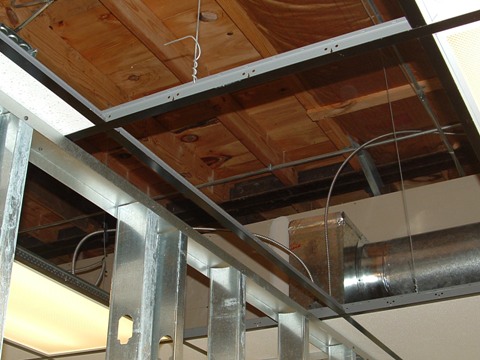
The second floor of this structure is entirely supported by the bottom cord of the truss. The second floor supports connect right into the bottom cord of the truss. The walls downstairs are only partition walls (non load bearing) and do not even connect to the top floor. This design ends up placing opposing forces on the bottom cord of the truss. The truss is already under tension due to its inherent design properties, and now it is also placed under compression with the weight of the second floor (building materials and contents.)
The easiest way to sum up this situation is:
“It just don’t look right”